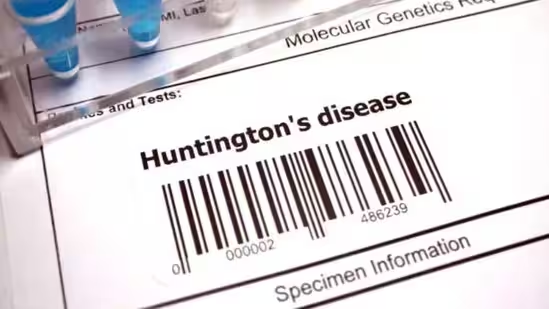5 september 2024 : Researchers from Berlin and Düsseldorf have identified a new gene associated with Huntington’s disease through a brain organoid model, suggesting it might play a significant role in brain disorders earlier than previously thought.
The gene CHCHD2 has been linked for the first time to Huntington’s Disease (HD), a genetic neurological disorder with no cure. Mutations in the Huntington gene HTT also affect CHCHD2, which is crucial for maintaining mitochondrial function, according to a study published in Nature Communications.
The research involved six different labs from the Max Delbruck Center and Heinrich Heine University Düsseldorf, led by Dr. Jakob Metzger and Professor Alessandro Prigione. Each lab brought expertise in Huntington’s disease, brain organoids, stem cell research, and genome editing. Dr. Pawel Lisowski, a co-lead author, remarked on the surprising finding that Huntington’s disease might disrupt early brain development through mitochondrial dysfunction. Co-lead author Selene Lickfett noted that the organoid model revealed damage to brain development from HTT mutations before clinical symptoms emerge, underscoring the need for early detection of the disease.
Organoids, which are small, three-dimensional structures grown from stem cells, mimic the early stages of human brain development and offer detailed insights into cellular interactions.
Huntington’s disease is caused by excessive repeats of the nucleotides Cytosine, Adenine, and Guanine in the HTT gene. While 35 or fewer repeats generally do not pose a risk, 36 or more repeats are associated with the disease, with symptoms appearing earlier as the number of repeats increases. The disease leads to progressive nerve cell death, resulting in muscle control loss and psychiatric symptoms such as impulsivity and hallucinations. It affects about 5 to 10 in every 100,000 people globally. Current treatments only address symptoms without slowing progression or curing the disease.
To explore how HTT mutations impact early brain development, Lisowski used gene editing technologies to introduce large CAG repeats into healthy stem cells. This process, which involves modifying DNA repair pathways, is challenging due to the inefficiency of editing tools in regions with repetitive sequences like the CAG repeats in HTT.
The modified stem cells were grown into brain organoids, which revealed consistent underexpression of the CHCHD2 gene, leading to reduced neuronal cell metabolism. CHCHD2, known for its role in mitochondrial health, had previously been associated with Parkinson’s disease but not with Huntington’s.
Restoring CHCHD2 function in the organoids reversed the detrimental effects on neuronal cells, suggesting that targeting this gene could be a potential future therapy. The study also highlighted that developmental defects in neural progenitor cells and brain organoids appeared before the formation of toxic aggregates of mutated Huntingtin protein, indicating that disease pathology may begin earlier than clinically recognized.
Dr. Prigione emphasized that if brain changes occur early in life, treatments might need to address these earlier stages. Promising results from genome editing strategies, including removing the CAG repeat region in the Huntington gene, suggest potential gene therapy approaches. Increasing CHCHD2 gene expression could also be explored as a therapeutic strategy.
These findings could have broader implications for other neurodegenerative diseases, as early interventions targeting mitochondrial dysfunction may offer new avenues for treating age-related conditions like Huntington’s disease.

